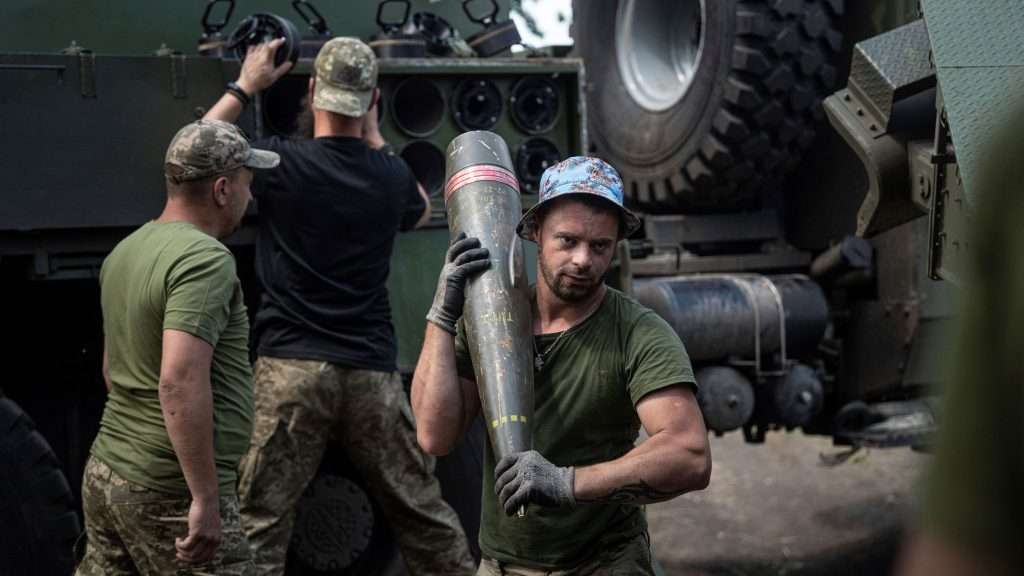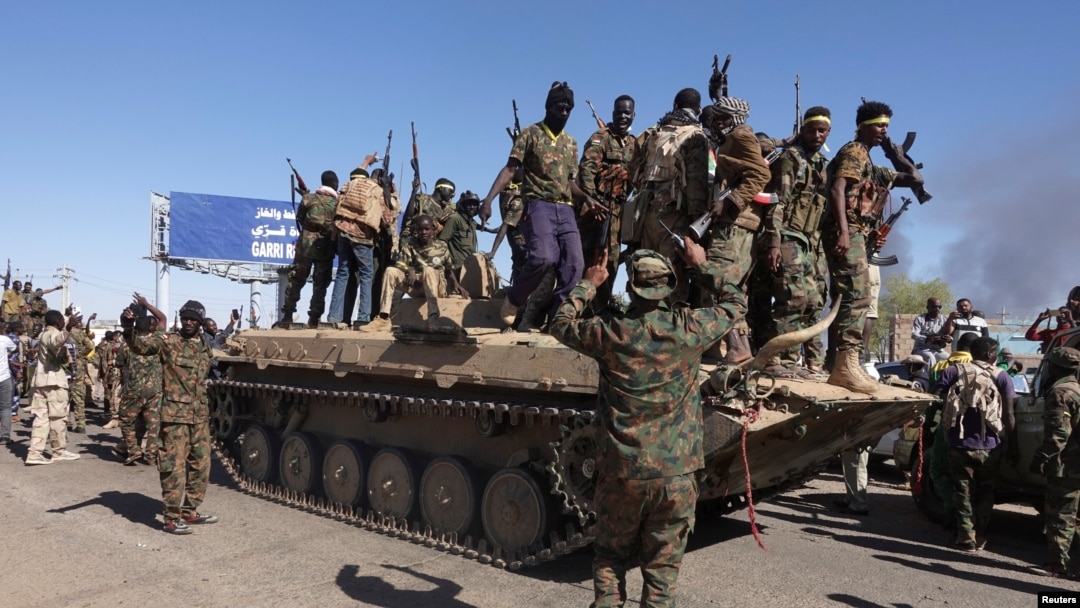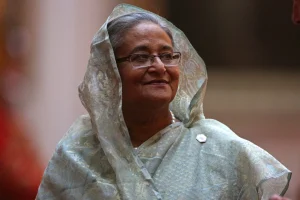Ukraine calls on Western allies to invest billions in defence industry

With NATO membership remaining out of reach, Ukraine’s Western allies have embraced an alternative strategy: investing billions in the country’s defence industry.
Reported by the Associated Press on September 19, the goal is not only to strengthen Ukraine’s ability to resist Russia but also to build a weapons sector capable of supplying European and American armies in the long term.
This approach reflects a shift in security thinking. Rather than relying solely on donations of Western arms, Ukraine is being positioned as a hub of military innovation within Europe. One recent example is the R-34 quadcopter drone, developed by FRDM, which can evade Russian jamming systems, travel more than 20 kilometres, and drop six kilograms of guided explosives on high-value targets.
“The Ukrainians are the leaders in the world in terms of drone technology,” noted Keith Kellogg, the Trump administration’s former special envoy for Ukraine.
Ukraine’s defence sector has expanded rapidly since Russia’s invasion. It now produces close to 60 percent of the army’s requirements, compared with just 10 percent at the outset of the war. However, Ukraine’s 2024 defence budget of 64 billion dollars is less than half of Russia’s, leaving it dependent on foreign investment.

As Fabien Hinz of the International Institute for Strategic Studies explained, “Ukraine has the advantage of having battle-tested systems, of having quite low production costs and having entities in place capable of producing these systems rapidly.”
The war itself has become a crucible for innovation. Companies such as FRDM adapt their products through constant feedback from the battlefield, shortening development cycles to weeks rather than years.
Founder Vadym Yunyk stresses that “robots should die in the front lines, not people,” highlighting how Ukraine’s manpower shortages have driven technological solutions in drones, artificial intelligence, and robotics.
Reports indicate that manpower shortages have forced Ukraine to rely increasingly on mandatory mobilisation, with enlistments declining sharply and the population shrinking from 41 million prewar to roughly 28 to 30 million, a constraint that has accelerated innovation in drones, robotics, and other technologies to maintain combat effectiveness. First-person view drones are credited with causing nearly 70 percent of Russian losses within 15 kilometres of the front line.
Traditional arms production is adapting to the conflict, with Ukr Armo Tech rolling out armoured vehicles designed to withstand drone strikes and planning to triple its production capacity.
For Europe, the strategic logic is clear. Supporting Ukraine’s defence industry helps close production gaps at home while embedding Ukraine more deeply into Europe’s security architecture.
Ursula von der Leyen has described the vision as creating a “steel porcupine” that deters Russian aggression. President Volodymyr Zelenskyy has stated that Ukraine could produce 30 billion dollars of weapons annually if given the necessary support, and Kyiv is seeking licensing agreements and joint ventures with Western arms manufacturers.
This model is already taking shape. Denmark has financed Ukrainian defence companies directly, Britain has signalled similar intentions, and a coalition including Sweden, Canada, and Norway has pledged 1.3 billion euros for Ukrainian-made artillery, drones, and missiles. Germany has also announced plans for cooperation. Kyiv also expects to have around $3.5 billion in a dedicated fund by October to purchase weapons from the United States.
Ukraine’s call for greater investment in its defence industry comes at a critical moment in the war, as anxieties rise in Europe after Russian drones launched from Belarus were shot down in Polish airspace, highlighting both the urgency of Kyiv’s appeal and the stakes for regional security.
Associated Press, Maghrebi.org, The Washington Times
Want to chase the pulse of North Africa?
Subscribe to receive our FREE weekly PDF magazine











